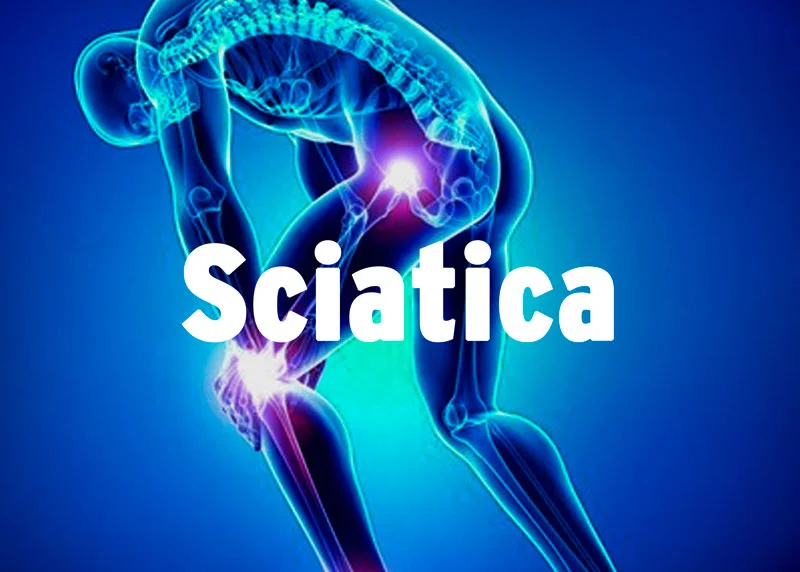CAUSES
• Age, wear and tear of spinal ligaments and bones
• Weakened and degenerated intervertebral discs
• Spinal cord injury
• Genetic
The most common area affected is that of the lumbar spine and cervical spine.
SYMPTOMS
• Back and neck pain due to nerve compression
• Inflammation
• Numbness and tingling of arms and legs
• Muscle spasms
• Sciatica (low back pain extending down the leg)
DIAGNOSIS
• Your doctor will diagnose spondylosis after reviewing your medical history and performing a physical examination.
• Additional diagnostic tests for spondylosis may be ordered, including
• X-rays MRI CT Scan a study to measure electrical activity of the nerve
TREATMENT
• Depends on the severity of symptoms.
• Medications. - anti-inflammatory, muscle relaxants, anti-depressants and topical applications for relieving your neck and back pain.
• Self-care. Pilates
• Heat and/or ice therapy to lessen the pain.
EXERCISES
Spondylosis is a degenerative process and as such, there is no available treatment for the complete reversal of the condition.
Treatment is aimed at providing relief from the symptoms,
preventing permanent nerve injury and to enable the patient to perform routine daily activities.
• Pilates Your therapist (me) will teach you exercises to strengthen your back and stomach muscles.
Regular walking will also help in relieving chronic back pain.
• Acupuncture
• Chiropractic spinal manipulations
• steroid injection
• Surgery
PILATES BENEFITS
The best reward for me as a Pilates instructor is helping people function again by gaining strength, flexibility and mobility, enabling the body to function within its’ limits without injury.
• Beyond the obvious stabilizing capabilities that Pilates inaugurates, it lengthens your muscles and fascia without creating much instability.
• Teaches full body integration, careful, significant spinal movements in the postural muscles.
• .Pilates movement has such healing qualities, it embodies everything you need to create and maintain uniform development of the muscles, to support your bones
• Pilates is an excellent low-impact exercise for rehabilitation patients that can be programmed to focus on spinal mobility, muscle strengthening, and flexibility, as well as focused directional breathing to promote ribcage mobility.











